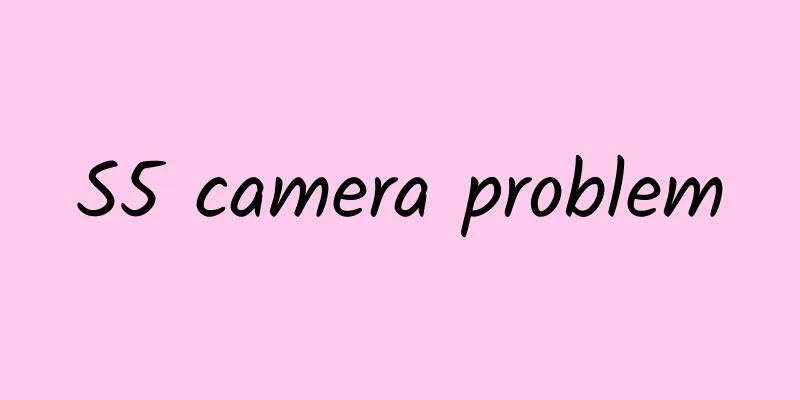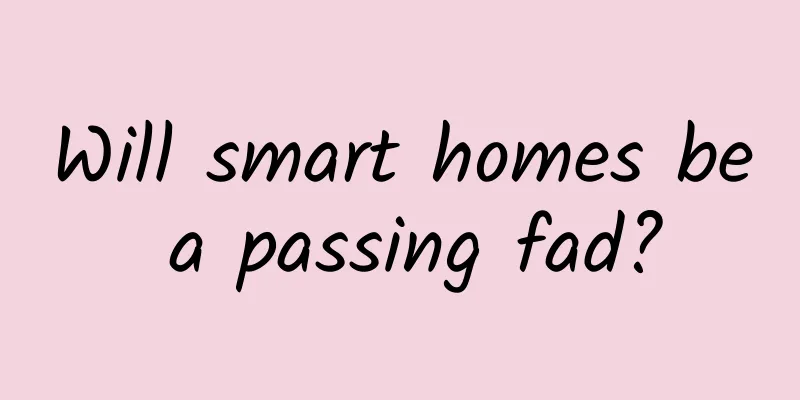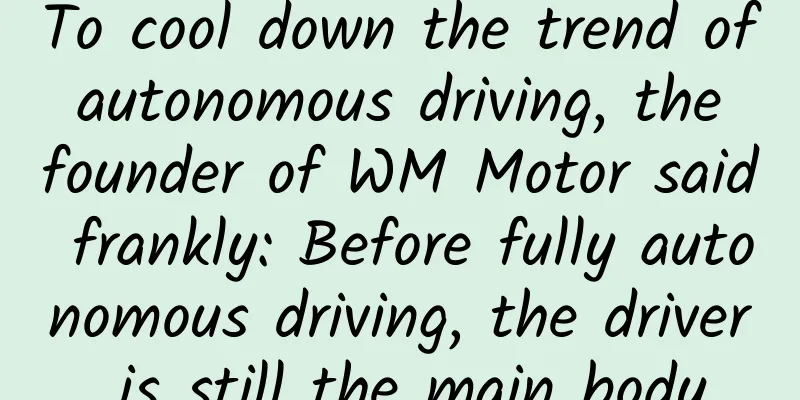A better way to visualize microservice architectures

|
I have been using draw.io for some things related to UML flowcharts, diagrams or graphs. It strikes a reasonable balance between rich functionality and manual user control. But, next I'll show you how to automate some boring mouse clicks ;) Avoid making mistakes from the beginningA slide from Daniel Wood’s “Microservices: The Right Way” talk Things wouldn't be that interesting if it wasn't like this. In fact, it would be nice to have a clearer picture showing the relationships and responsibilities between components. Otherwise the end result would be something like what you see above ;) The trick is to keep looking at what went wrong while you're doing it, so you're less likely to do it so badly. While making the diagram - you are also giving yourself a sense of the whole picture, how it will interact, what the problem domain is, the context, the boundaries, etc. "Paper talk is useless, long-term strategic planning is priceless." ― Winston Churchill Take action!Let's say we have a simple social application. Of course, this is a very simple setting, but you can notice that there are many connections here. Client: front-end application and browser extension. API network management: authentication API and main service API. Microservices: Photos, Charts, and Friends. I spent quite a while arranging the blocks, dragging and dropping arrows and tweaking them, just because I wanted to align them in a more readable way. Can you imagine how boring it would be to arrange 50 of these blocks? 100? And if I delete one? I bet you'll give up on it and come back to code. A bond with GraphvizI got inspiration from Terraform - a tool for creating and maintaining production infrastructure. It supports configuring any infrastructure-related services, including AWS EC2 instances to clusters and load balancers from 50 cloud vendors. It also provides an interesting terraform graph command that can generate a visual chart display based on the existing configuration. Example output of the 'terraform graph' command So I decided to use the same technique, but for a higher level microservices architecture. Below is a Graphviz configuration written in DOT.
digraph architecture
rankdir=LR;
subgraph client_side_apps {
front_end -> {auth_api, my_app_api};
extension -> {auth_api, my_app_api};
{rank=same; front_end, extension, auth_api};
}
subgraph api_gateways {
my_app_api -> {photos_ms, chats_ms, friends_ms};
}
subgraph microservices {
photos_ms->{database};
chats_ms -> {database, cache};
friends_ms -> {database, facebook_api};
}
}
You just need to render it to a .png file. You can use an online editor or render directly on your machine. In order not to dirty your system, I created a Docker image for this: cat file.dot | docker container run --rm -i vladgolubev/dot2png > file.png By executing this simple line of code above, you can get such an amazing output in just two minutes! Tip: You can copy and paste the code into an online editor: http://dreampuf.github.io/GraphvizOnline/ Adding a new dependency between microservices has never been easier. All I need to do is add a new line of code and Graphviz will organize them nicely. As a finishing touch, I like to add some color. So you can immediately see the effect:
This isn't the most optimal color layout, but you already know how to do it ;) Believe me, this is easy to do with a lot of charts. All the code is at: https://gist.github.com/vladgo ... 70882 summaryI had a problem with frequently adding changes to a microservices architecture diagram. Each change had to be manually patched with arrows. Now I can experiment and see how the new microservices fit into my system. Of course, you can do better and put it in a version control system, so you can have a history of changes to the architecture diagram! But it's up to you. Choose the tool that's most suitable for you. Google search for [microservice visualization]( https://www.google.com/search?q=microservice visualization) and you'll be bombarded with a ton of commercial solutions. Visual design makes inspection and debugging easier. ― The basic philosophy of Unix |
<<: Using Domain Events in Microservices
>>: State determines view - thinking about front-end development based on state
Recommend
African kids wish North Korea happy birthday video
A simple small blackboard with words written on i...
9 big money-making opportunities in the mobile Internet era
[[121176]] How big is the market value of mobile ...
"Lunar Shield", Earth-Moon Live Broadcast... The Secrets of "Alone on the Moon"
On July 29, the sci-fi comedy "Alone on the ...
"The strong never complain about the environment"! The "lone hero" in the desert, deep sea, and life forbidden zone
One summer day in 1965, the sun was scorching, th...
Android devices accused of poor IPv6 support
[[137880]] Foreign media networkworld wrote that ...
200 million people have this chronic disease that damages blood vessels the most! Do these 6 things to protect your blood vessels
Jianjian: Did you know? The latest data shows tha...
Are you young but have wrinkles all over your neck? These behaviors will make your neck wrinkles deeper and deeper...
This article was reviewed by: Xiaobo Zhou, Doctor...
How to play the second type of e-commerce information flow advertising!
When the Internet becomes a traditional industry,...
In-depth review: Pinduoduo’s addictive model!
The author of this article personally experienced...
How does the catering industry make money from short videos?
I recently saw a video where a small noodle shop ...
Wear thin clothes under your down jacket to keep warm! A super simple dressing trick, save it now
When winter comes, people who are afraid of cold ...
Chen Tong's 1 billion US dollars was unsealed: the first investment was actually in Youku Tudou
Today's news said that the one billion US dol...
A real tool! Let you quickly install Apple operating system on VirtualBox
Today, I want to share with you a useful Bash scr...
Jinzhou SEO Training: How to get Baidu to re-index articles that have not been included?
If you want your article to be included, you must...
Going back to the past and heading to the future, why are black holes time machines? Is time travel really possible?
Black holes are time machines, but they have hidd...









